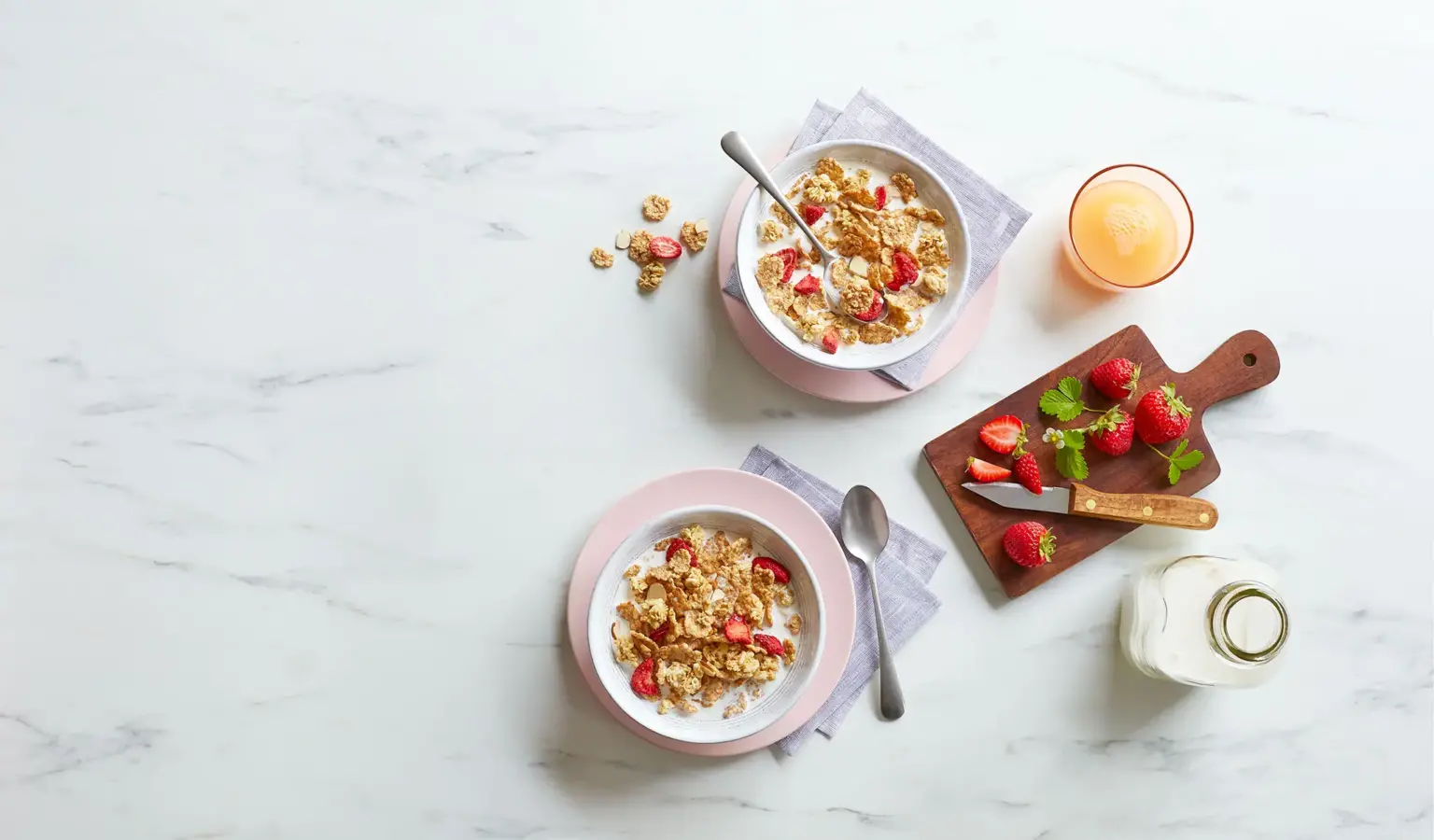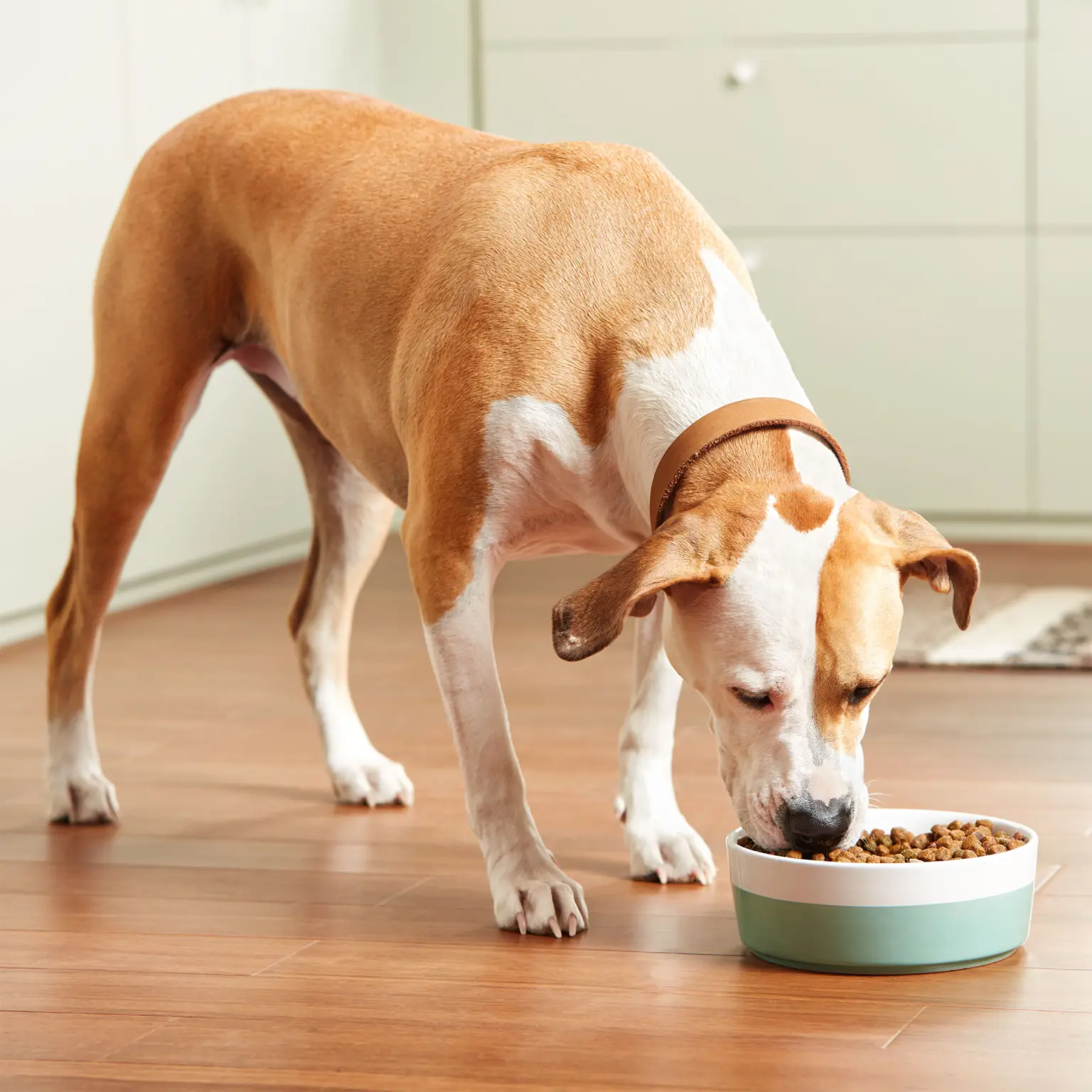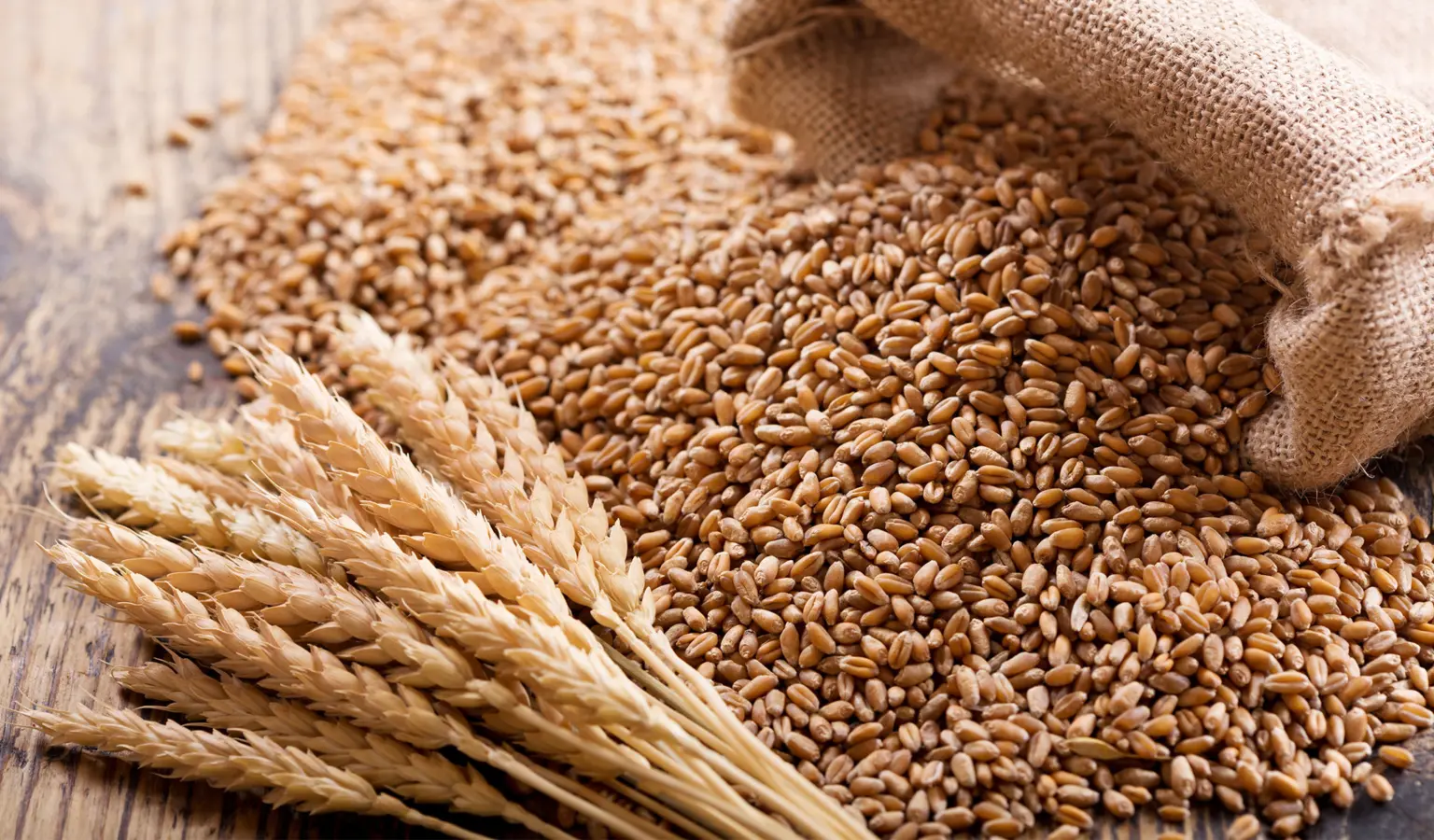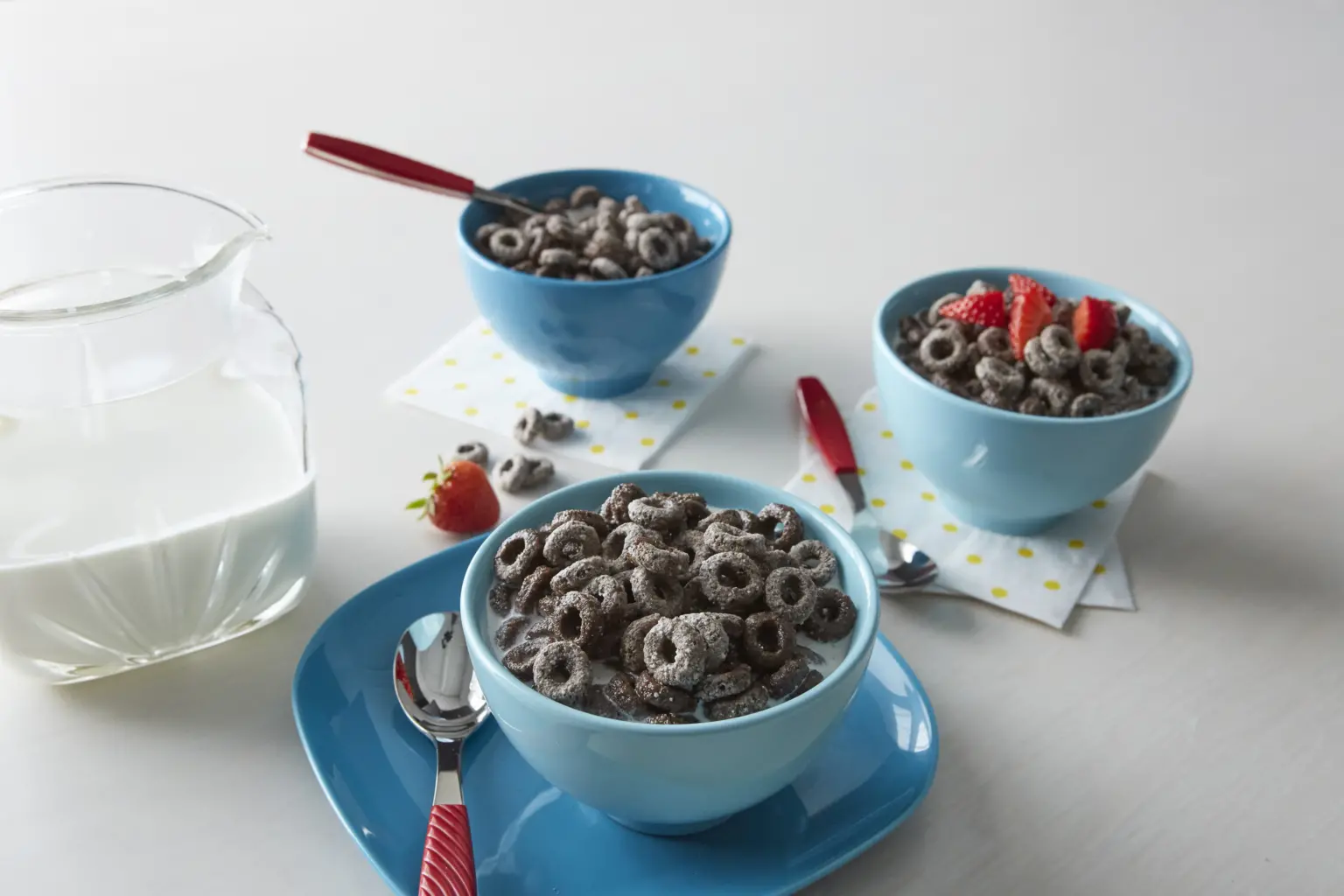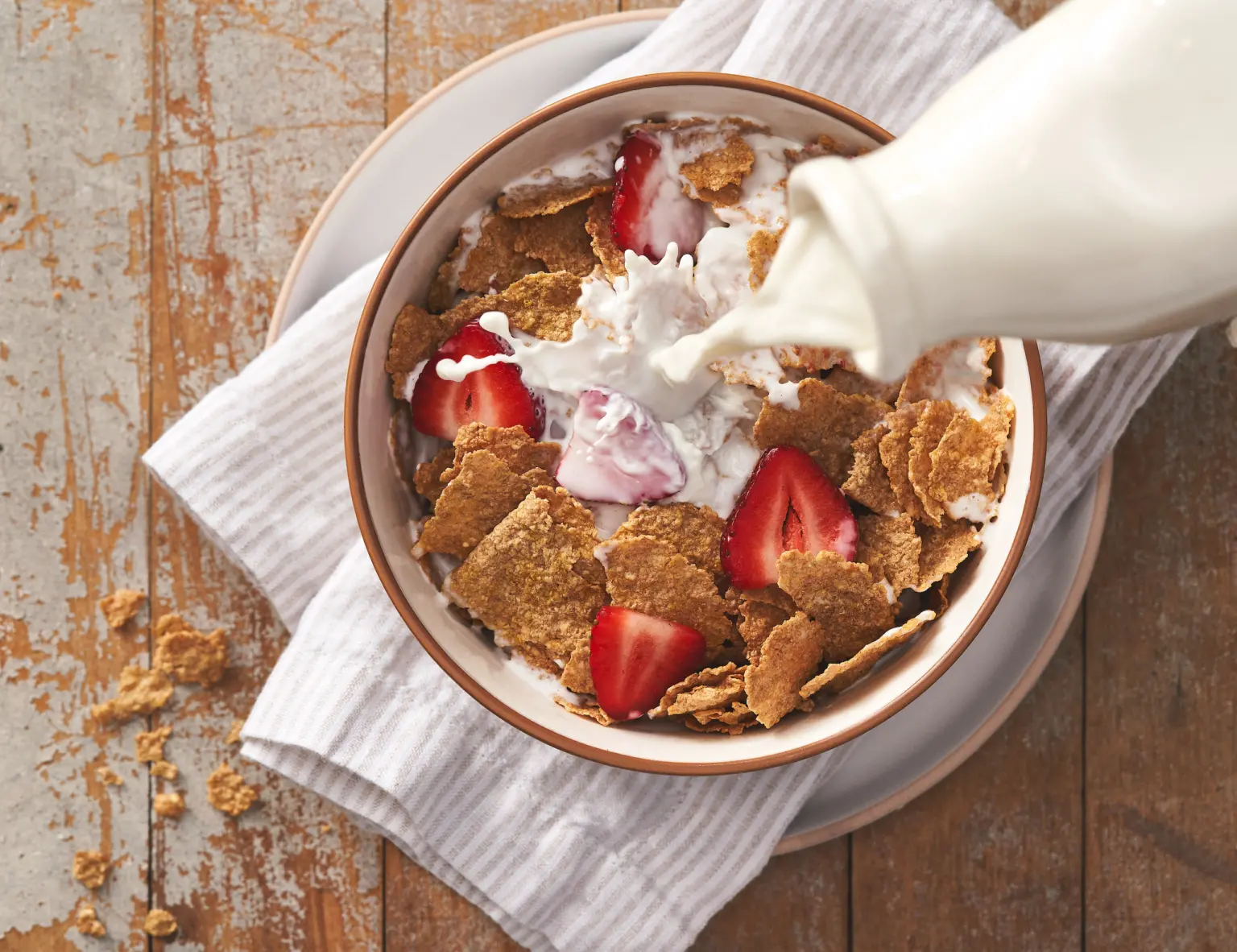Most popular questions
Explore the most commonly asked questions by Post Consumer Brands® customers.
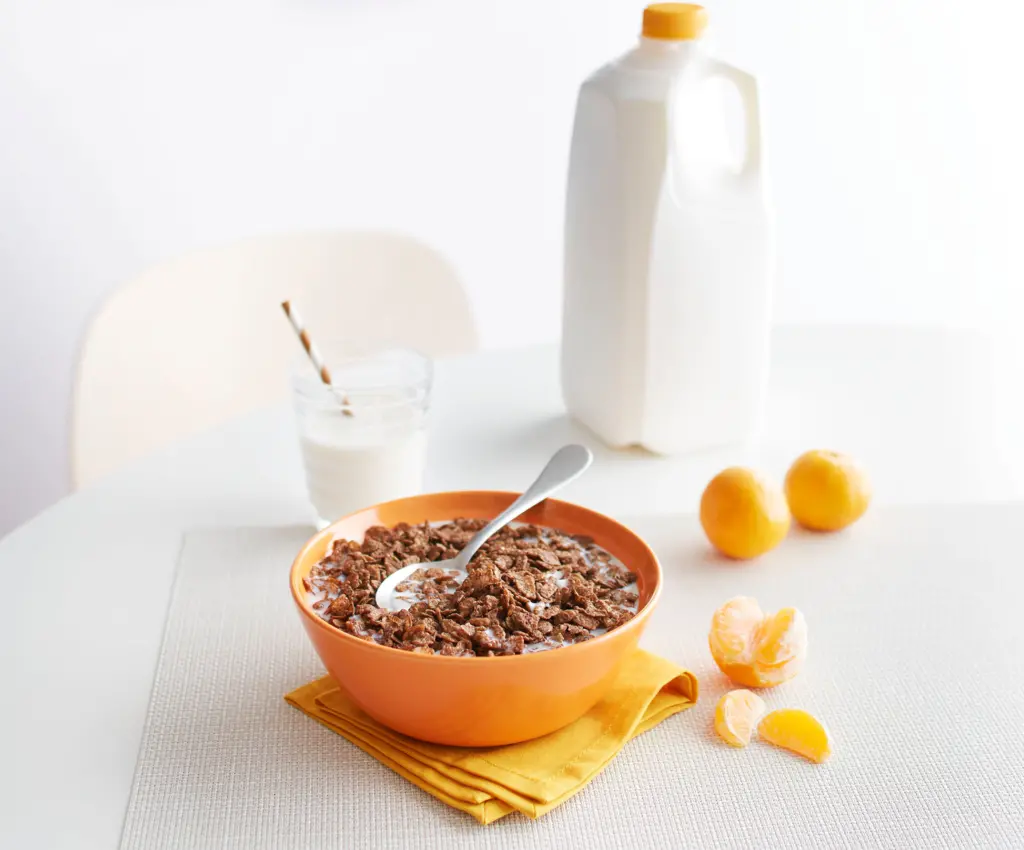
Which Post cereals and products are gluten free?
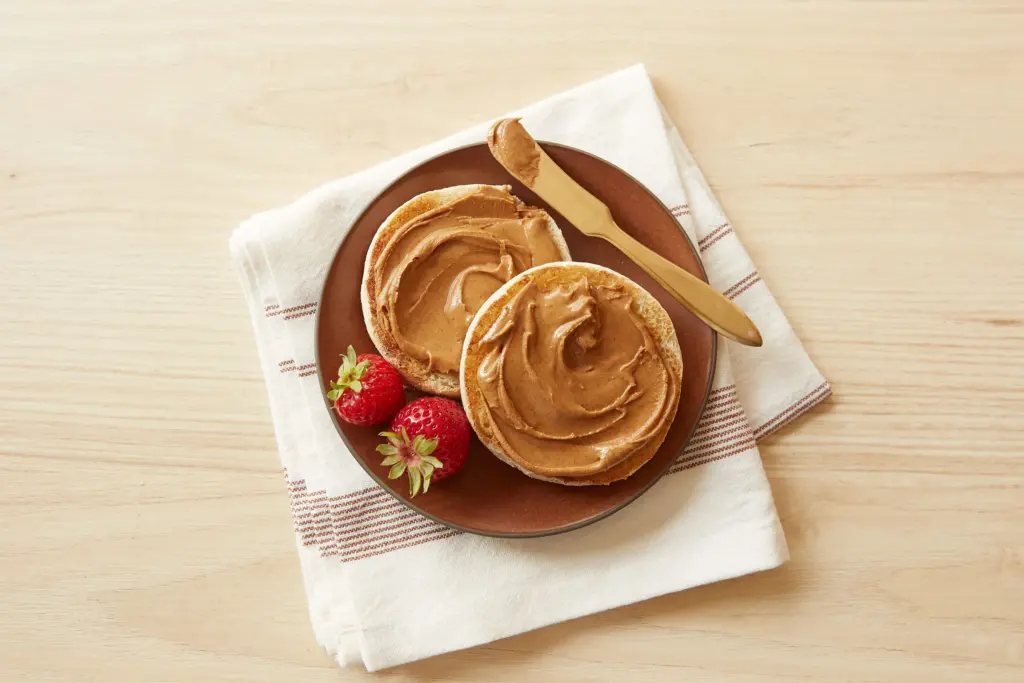
Are Post products kosher certified?
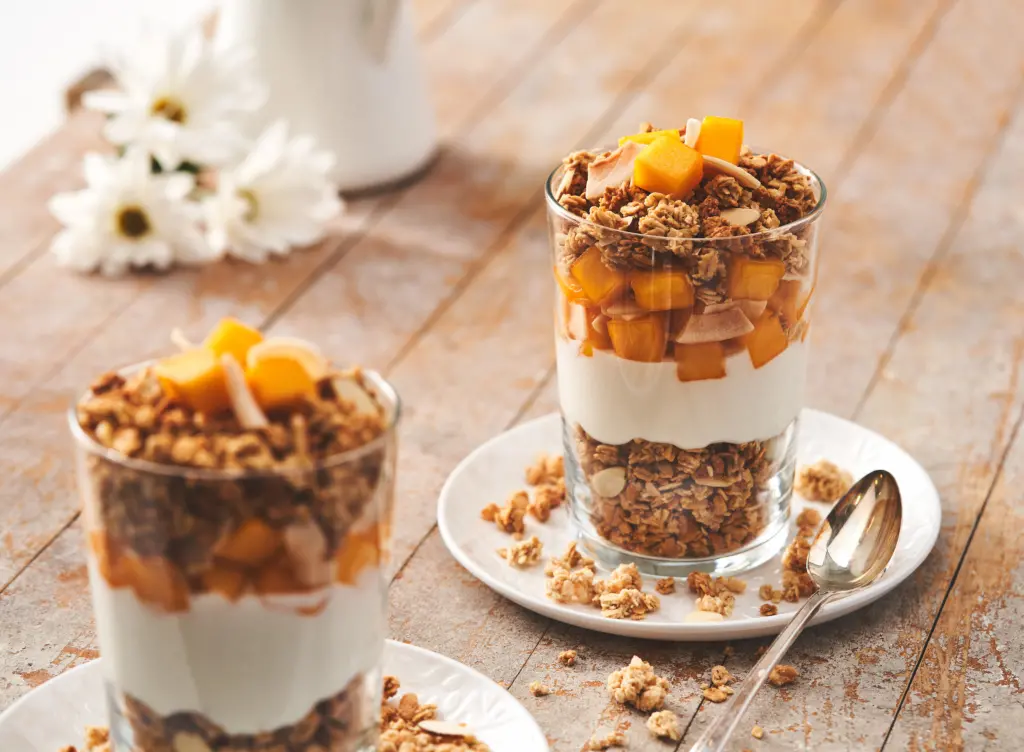
Who created Post cereal?
Search our FAQs
Filters
No. Cats are not built for the vegetarian lifestyle. Cats are “obligate carnivores” as some of the nutrients needed in their diet can only be sourced from other animals.
Cat and dog nutrition are very different, so dog food should never be used as a substitute for cat food.
Nutritional requirements for cats are not the same as those for dogs. Cats need certain nutrients that dogs don’t, and different levels of the nutrients dogs do need. There are also ingredients in some dog foods that may not be ideal for cats to ingest.
It’s important not to “free feed” cats that tend to over eat (“Free feeding” refers to filling up a bowl and letting your cat eat as he/she pleases.) We recommend splitting up your cat’s daily food allowance into two or three servings a day.
If your cat tends to eat too fast, especially if it makes him or her sick, a puzzle feeder can encourage a slower eating pace. Your cat won’t be able to rush and will be more likely to notice when he or she is full.
Dog food requirements vary depending upon breed, size, age, level of activity and environment. Always check with your vet to determine the daily recommended amount of kibble or wet food based on your dog’s needs. For feeding instructions specific to Post Consumer Brands® dog food brands, please reference the back of the packaging for unique product feeding information.
When making changes to your dog’s diet, new foods should be introduced gradually to allow your dog to become accustomed. For a period of 7 to 10 days, substitute small amounts of the new food for the old food, gradually increasing the amount of the new food while decreasing the old food.
Feel free to treat your cat daily, unless instructed otherwise by your vet. Cat treats should make up no more than 10% of your cat’s daily diet. When you feed your cat treats, make sure to adjust their main meal amount to avoid calorie overload.
Feeding instructions on our cat food packaging and product pages will give you an idea of how often to feed your cat. However, always consult with your vet on recommended feeding schedules specific to your cat’s needs. Some cats prefer to eat once or twice a day, while others prefer to graze on kibble throughout the day.
If you serve dry food, it’s safe to serve a full day’s worth at once and leave it out for grazing. However, if you serve wet food, it should not sit out. Throw away any wet food your cat doesn’t finish within a few minutes or so of serving. Always use a fresh bowl or plate at every feeding.
Cow milk is not a natural part of cat nutrition for both kittens and adults. Young kittens should be given a kitten milk replacement instead of cow milk. Unless your adult cat has been drinking milk consistently since kittenhood, he or she has likely become lactose intolerant. It’s best to avoid giving adult cats a significant amount of milk. The consequences may make your cat uncomfortable and won’t be so pleasant for you, either.
No. In fact, synthetic nutrients can be just as good for your cat as their natural counterparts, and are typically more shelf stable.
Many natural nutrients degrade quickly; depending on how the food is prepared and stored, the nutrients may have already disappeared from the food by the time you feed your cat. Therefore, the food needs to include synthetic versions of those nutrients to help avoid a nutrient deficiency.
The main difference between wet and dry cat food is the moisture content. If your cat has trouble staying hydrated, increased moisture or “water” content can benefit your cat.
Wet food is typically denser in certain nutrients, including protein and fat. However, your cat can get all the nutrients he or she needs from a diet of either wet or dry food, or a combination of both.
Dry food can be more convenient for cat owners, and the crunchy texture of kibble can help clean your cat’s teeth to help support healthy teeth and gums.
Animal by-products are organ meats like the liver, kidneys and lungs. The term “by-products” might sound unappetizing to humans; however, they are highly nutritious and a valuable part of a cat’s natural diet.
Post Consumer Brands makes the following pet food brands: Rachael Ray® Nutrish®, Nature’s Recipe®, 9Lives®, Gravy Train®, Kibbles ‘N Bits®, Pounce® Treats
If a cat food is labeled with “complete and balanced nutrition for adult cats,” that means it contains the right amount of all the nutrients all adult cats need. In other words, if you feed your adult cat the proper amount of that food and nothing else, your cat won’t miss out on any vital nutrients or have too much of any nutrients.
If you have a kitten, or if your cat is pregnant or lactating, he or she needs additional nutrients. Look for a formula that offers complete and balanced nutrition for all life stages, including pregnant or nursing cats.
The shelf life of Post Consumer Brands® dog food products is based on the date of production. The “Best if Used By” date is always included on product packaging.
Our pet food products are regularly tested to ensure safety and quality, and meet the applicable standards and specifications of the Food & Drug Administration (FDA), U.S. Department of Agriculture (USDA) and Association of American Feed Control Officials (AAFCO). Our Quality Assurance Program is based upon standards compliant with the Global Food Safety Initiative.
In addition, we prioritize using quality, carefully chosen ingredients. Each of our trusted ingredient suppliers complete rigorous testing.
Pet parents can feel confident feeding our pet food brands to their dogs and cats.
Complete cat nutrition includes a variety of nutrients that are provided through several combinations of ingredients.
Every cat needs the following nutrients:
- Amino acids (make up protein, listed on cat food packages as “crude protein”)
- Arginine
- Histidine
- Isoleucine
- Leucine
- Lysine
- Methionine + cystine
- Methionine
- Phenylalanine + tyrosine
- Phenylalanine
- Threonine
- Tryptophan
- Valine
- Fatty acids (listed on cat food packages as “crude fat”)
- Linoleic acid
- Arachidonic acid
- Omega-3 fatty acids
- Minerals
- Calcium
- Phosphorus
- Potassium
- Sodium
- Chloride
- Magnesium
- Iron
- Copper
- Manganese
- Zinc
- Iodine
- Selenium (sometimes in the form of sodium selenite)
- Vitamins & other nutrients
- Vitamin A
- Vitamin D
- Vitamin E
- Vitamin K (only required in high-fish diets)
- Thiamine (vitamin B1)
- Riboflavin (vitamin B2)
- Pantothenic acid (vitamin B5)
- Niacin (vitamin B3)
- Pyridoxine (vitamin B6)
- Folic acid (vitamin B9)
- Biotin (vitamin B7)
- Vitamin B12
- Choline
- Taurine
- Additional fatty acids
- Alpha-linolenic acid
- Eicosapentaenoic acid + docosahexaenoic acid (EPA and DHA)
Always check with your vet for an underlying health issue that may be affecting your cat’s appetite. If nothing is physically wrong with your cat, it’s most likely a preference issue.
Cats can be picky! They may get bored of a food they used to like. Post Consumer Brands® makes cat foods with a variety of flavors and textures to help you mix things up.
You can also try moving your cat’s bowl or dish to a more quiet and out-of-the-way location where your cat can more easily see you. Putting a toy in your cat’s food bowl may also help keep his or her interest and make eating an entertaining activity.
Post Consumer Brands® introduced pet parent-approved pet food brands to its product portfolio in April 2023.
Our beloved dog and cat foods are made primarily at facilities in Kansas and Pennsylvania.
Place your cat’s bowls in a clean, quiet place where there’s not a lot of foot traffic. If your cat is skittish, avoid placing the bowl right up against a wall. Ensuring your cat is able to look at you while he or she eats may help him or her feel more secure. Additionally, consider the size of your cat’s bowls. Make sure the bowl doesn’t inhibit his or her whiskers, as some cats don’t like them touching the bowl.
Didn’t find the answer you were looking for?
Send us your question and a team member will be in touch shortly.

